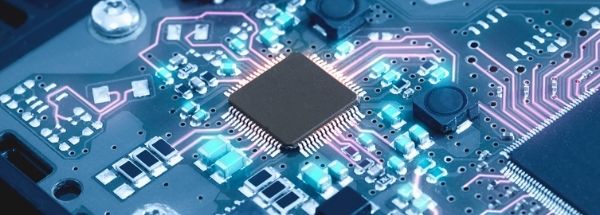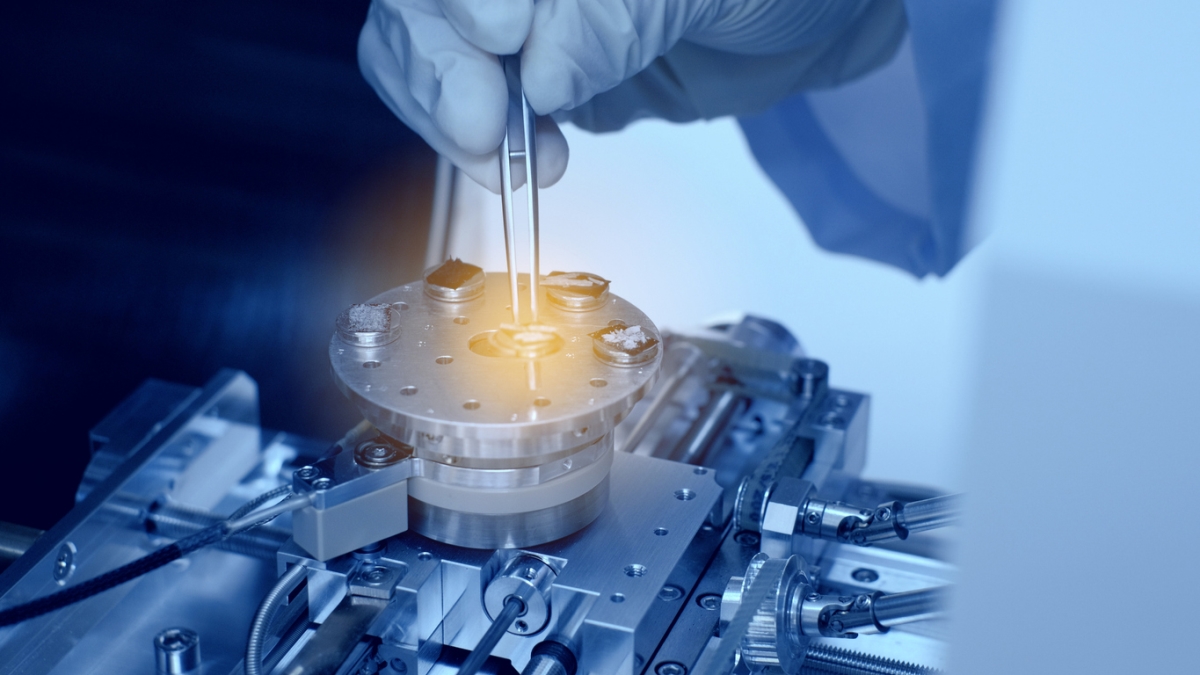Wire bonding options in microelectronics
Posted by Tom Bobal on 4th Apr 2022

Wire represents not only the veins - metaphorically speaking - of most electronic devices and systems, but also its capillaries and connective tissue. Basically, any way you look at it, you're talking about one of and arguably the key component(s) of the machines that make our personal and professional lives possible.
So whether you're an original equipment manufacturer plotting out the fabrication of semiconductors or electronic components and packages from the ground up, or dealing with the operation of finished devices and systems, you'll have to carefully consider wire bonding in microelectronics. Specifically, it'll be important to understand the options available when using bonding wire as a major interconnect medium - and the key considerations that go into ensuring the best possible connection for optimal function in a wide variety of intense working environments.
Fundamentals of wire bonding
The primary duty of a wire bond is, of course to make an electrical connection between two separate electronic devices. These devices can be semiconductors, integrated circuits or other chips and often links two or more chips directly to one another.
Regardless of its specific iteration, a wire bond functions as a crucial conduit through which power and signal pass to support the operation of devices and systems ranging from desktop computers and medical imaging tools to communications satellites and nuclear defense submarines.
The forces that create bonds

Heat, ultrasonic energy or a combination of both - a.k.a. thermocompression, ultrasonic or thermosonic - represent the forces that, when applied alongside considerable pressure can facilitate the formation of bonds.
Deciding between the methods detailed above ultimately depends on the raw materials involved: If using gold wire, you have to go with thermocompression or thermosonic because heat is required to manipulate the metal properly. Copper, aluminum and various alloys including those metals, meanwhile, can technically be bonded using any of the three techniques.
"Can be" doesn't necessarily mean "should be" in every case, however. Aluminum wire, for example, is great for bonds made with ultrasonic energy but might be less useful as an interconnect medium when bonded thermosonically, due to its lower melting point of 660 degrees Celsius. (By comparison, gold and copper can withstand temperatures of 1,000 Celsius before they melt - 1,063 and 1,083 degrees respectively, as noted by ScienceDirect.)
Material choice and ultimate application also influence the type of bond that will result from application of aforementioned forces. Ball bonding is almost always applied alongside gold wire, whereas wedge bonding is the predominant technique for any aluminum wire bond. You'll likely be best off opting for ball bonding when working with wires of particularly small diameter - e.g., 40 microns or less, according to Palomar Technologies - or in association with the fabrication of specific package types like ball grid array, small-outline or quad-flat integrated circuits. Wedge bonding, meanwhile, is better for more sensitive materials that have to be used in lower-temperature settings, such as those involved with optoelectronic packaging and components used in RF microwave applications.
Gold vs. copper bonding wire: The unending debate
Anyone with a moderate amount of know-how regarding microelectronics knows that gold was, for decades, the predominant metal used not only in the creation of interconnect wiring but many other related components as well. This began to gradually change in the late 1990s and early 2000s, when copper began to gain real ground among electronics engineers and manufacturers as a considerably less expensive alternative to gold. If budget is an issue, then it's more than understandable to choose copper bonding wire. Copper's electrical conductivity and heat resistance are also both notably greater than those of gold.
Arguably, the issue of foreign material buildup in interconnects between gold wire and aluminum bond pads - sometimes called the "purple plague" - is an even bigger factor influencing the choice of copper wire as a bonding tool. As described in a trade journal from the Institute of Electrical and Electronics Engineers, the intermetallic substance at the bond point can easily weaken an interconnect or even render it useless. On the flip side of that issue, there can still be detrimental intermetallic compound buildup in bonds between copper and aluminum if the former isn't annealed at the right temperature (somewhere between 150 and 200 Celsius; no higher than 250), and copper's low corrosion resistance overall is well established.
Ultimately, the choice of method and material lies with the customer alone and must precisely match your needs. Whichever direction you aim for, Coining offers the ideal microelectronic components and packaging products for your application and industry.


